How to Properly Care for a Garden Container
The right care and feeding are the secrets to keeping your pots lush and healthy all season long
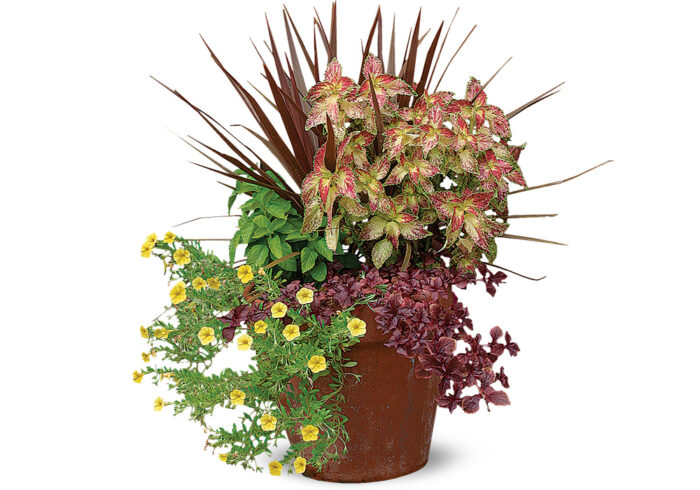
Growing plants in containers is one of my favorite ways to garden. Come August, however, I’ve had it with deadheading and lugging watering cans. Last spring when I was preparing to pot up my containers, the memory of spent, sticky nicotiana blossoms clinging to my fingertips came rushing back, and I wondered: Is all this fuss and fluff worth it? Do containers really need that much care, or is it just a lot of hype? That’s when I decided to embark on an experiment. I planted several sets of identical containers and gave one pot in each set only water and the other the royal treatment: fertilizer, primping, and pruning.
By midsummer, it was clear that containers need more than just water. The water-only containers looked pathetic: The plants were puny and had few flowers, and their leaves were often an unhealthy yellow. The containers given more TLC thrived with abundant growth and flowers. The moral of the story is that a regular-maintenance checklist is the best way to get great-looking containers from beginning to end. Now that I know all of the work really does pay off, it makes the rewards that much sweeter.
For more information on container maintenance:
A Basic Potting Soil Recipe
Root-Pruning Container Plants
How to Repot Container Plants
Thrillers, Fillers, and Spillers
1. Provide a steady supply of water and nutrients
The warm temperatures of summer send plants into a growing frenzy. If they don’t have access to adequate water and nutrients, they will be stunted and sickly. Watering can be a bit of a balancing act; too much or too little and your plantings will suffer. My strategy is to water containers thoroughly when the soil surface becomes dry to the touch. During the hottest part of the summer, this can mean watering at least every day. I add water to each pot until I see it draining from the bottom, which ensures that moisture has reached the deepest roots. I also avoid watering at the end of the day. Without sunlight and warmth to evaporate moisture on leaves, the foliage stays wet longer, making it more susceptible to foliar diseases.
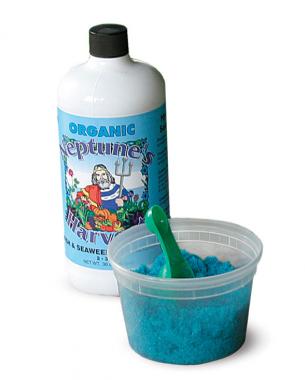
Most gardeners fill their pots with soilless mixes, which lack organic matter and nutrients. To provide plants with the food they need, I give my containers a regular dose of fertilizer. I add a balanced, granular, synthetic or organic, time-released fertilizer to the potting mix at planting time. This will slowly feed the plants for the next few months. Because container plants are heavy feeders, I also begin feeding the pots with water-soluble fertilizer, which roots can take up instantly, about a month after planting. I mix the liquid fertilizer at half strength—because the soil already contains granular fertilizer—and apply it at watering time every two to three weeks until the end of the season.
You get what you give
 |
 |
2. Snip off spent flowers and unsightly foliage
I give my containers a good primping every week or so. Deadheading faded blossoms and removing damaged or diseased leaves and stems not only keeps plants looking good but also keeps them productive and healthy. Deadheading redirects a plant’s energy from seed production back into flower production. When snipping off blooms, cut flower stems back to a leaf node or main stem. Do not leave any unsightly headless or leafless stems.
Removing problem leaves back to the main stem is also important. If an entire stem is damaged or diseased, cut it back to the nearest healthy growing point or all the way back to the base. It’s best to remove disfigured leaves and stems as soon as you notice them. Injuries attract insects and encourage diseases. Many container plants—such as pelargoniums, also known as annual geraniums (Pelargonium spp. and cvs.)—have a tendency to develop a fungal disease called botrytis on their lower leaves. Don’t be shy about digging deep into plantings to look for problems. Likewise, take a peek under your trailing plants, and remove any brown or tattered foliage.
3. Prune plants back into shape
Two or three times a season, I snip my containers back into shape. Some plants grow more vigorously than others, so I cut aggressive plants back to size to keep my plantings balanced. I have a tendency to overplant, so when I see a pot getting crowded, I remove a stem here or there to be sure the container gets enough air circulation to stay healthy. If you have the opposite problem and your planting is not full enough, pruning the tips of a few stems back a bit will encourage them to bush out.
Some plants need a total overhaul by midsummer. If a plant appears less productive and attractive overall, I cut all the stems back by as much as half to a leaf node or growing point. The plant is usually up and running again in a couple of weeks. If the idea of cutting the whole plant back intimidates you, do it gradually over three weeks by cutting one-third of the stems back each week. Avoid pruning your plants during the heat of the day, which is stressful for the plant. Prune them, instead, in the morning or evening while the stems are firm yet bendable.
Don’t let watering get you down
 |
 |
 |
Keeping up with watering is one of the most important factors in beautiful containers, but sometimes it seems like it’s a never-ending job. Here are a few things you can do to lessen the load.
Use saucers to save water for later
I often place saucers under containers that are located in hot, sunny locations to help the soil retain moisture longer. The saucers also help when the soil is so dry that water just runs off the surface. By having water sit in the saucer, the overly dry soil has a chance to wick up and absorb the moisture. I avoid placing saucers under pots that are located in shady sites, as they can keep the pots too damp, thus killing the plants. For the same reason, I also remove the saucers during particularly rainy spells.
Choose the right pot
The type of container you use also influences how often you’ll need to water. Terra-cotta pots are porous and tend to dry out quickly, while glazed, plastic, or metal pots hold more moisture.
Mix in some magic crystals
Moisture-retaining soil additives can minimize the need to water. In years with excessive rain or with pots located in shade, however, the soil tends to stay too moist.
Jennifer Benner is an associate editor who earned her degree in horticulture at The Ohio State University.
Photos: Michelle Gervais
From Fine Gardening #116
Fine Gardening Recommended Products

Spear & Jackson 4930FZ Razorsharp Telescopic Tree Pruner
Fine Gardening receives a commission for items purchased through links on this site, including Amazon Associates and other affiliate advertising programs.

Corona® Multi-Purpose Metal Mini Garden Shovel
Fine Gardening receives a commission for items purchased through links on this site, including Amazon Associates and other affiliate advertising programs.
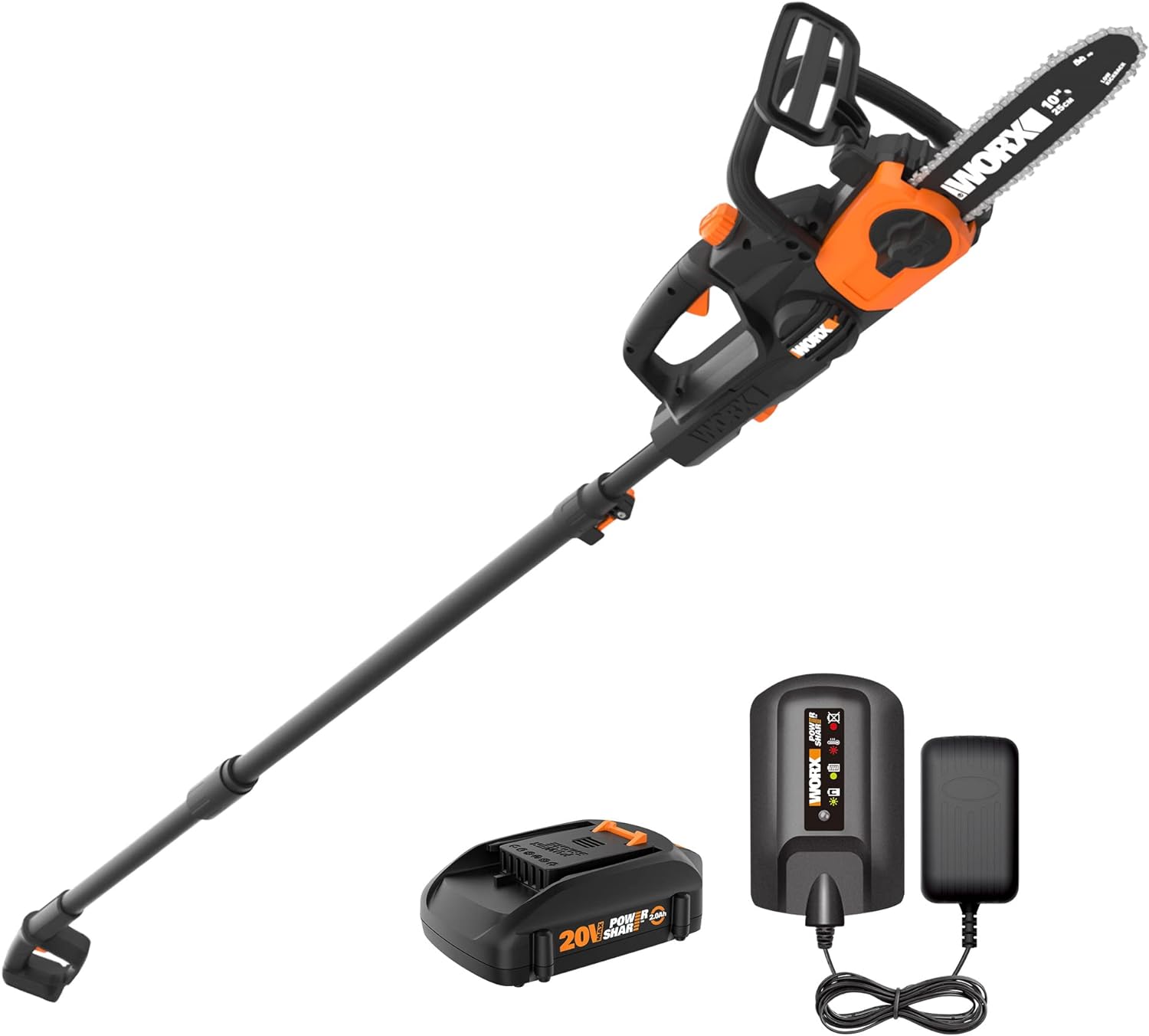
Fine Gardening receives a commission for items purchased through links on this site, including Amazon Associates and other affiliate advertising programs.




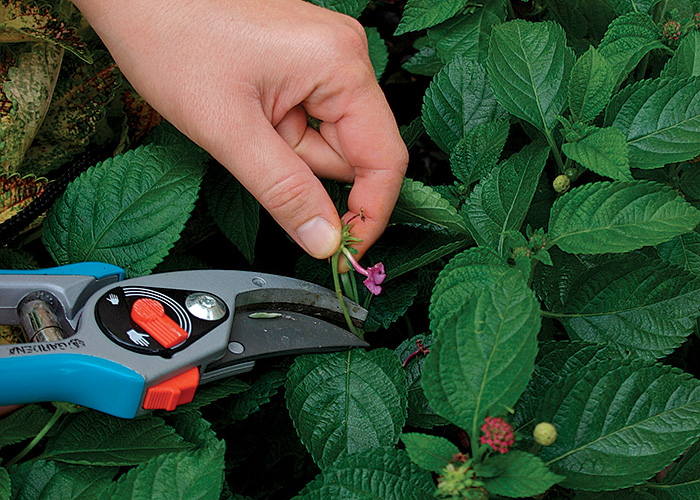
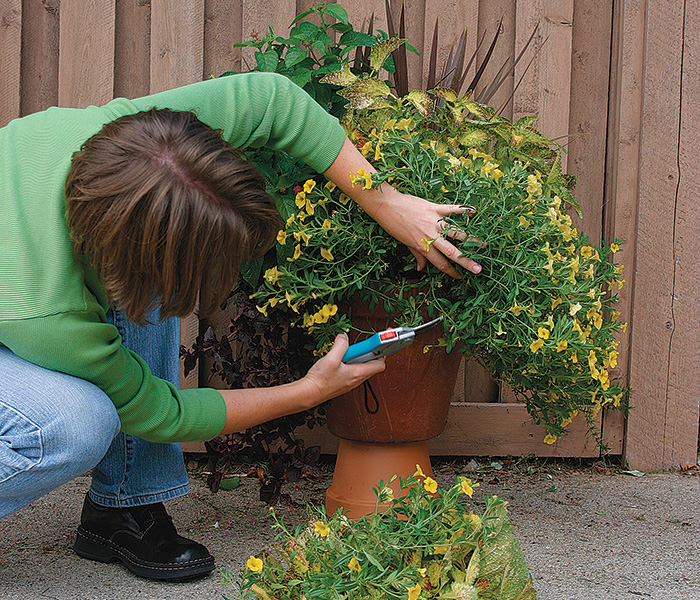




Comments
If you want to restore your delete any file and documents folder in window 10 PC where are recent documents windows 10 finally just one a single click here this site and learn more about.
Keeping plants healthy and lush is definitely desire of every individual who keeps them in his house. Through right care and feeding of plants, one can fulfill his desire of owning a beautiful garden in his house. I checked https://topicsmill.com/speech/ to know the tactics of speech as well as writing it with comfort and ease.
Log in or create an account to post a comment.
Sign up Log in